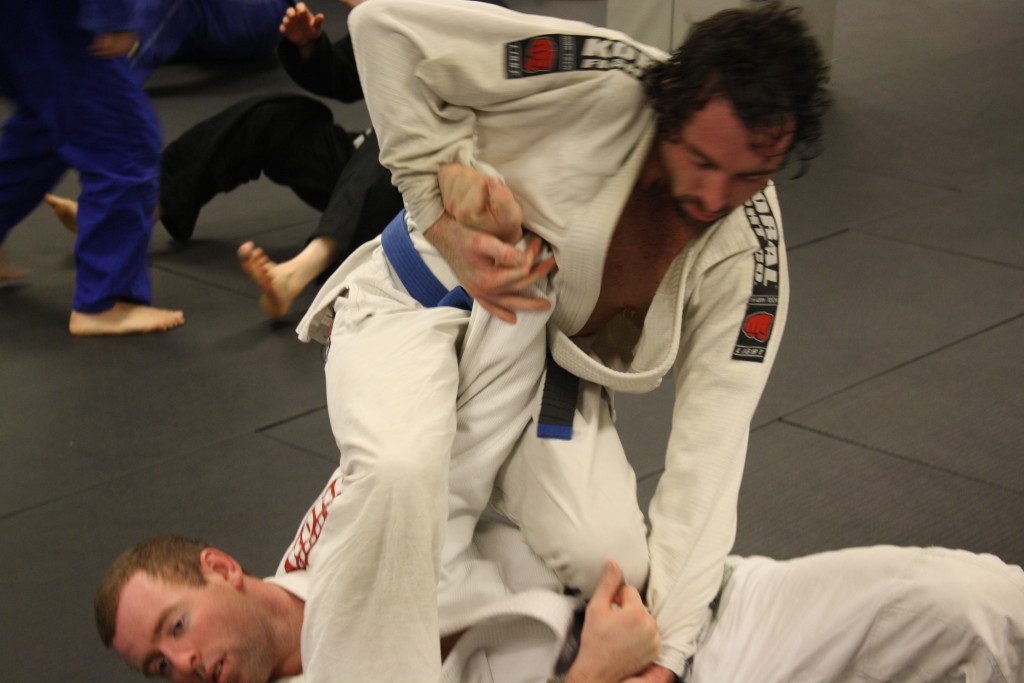A joint lock, at its heart, is a method forcing an opponent’s limbs or joints to move in a way nature never intended. This causes great pain, and can be very damaging, with several of the techniques resulting in disability or injuries that often require surgery. Again, and I can’t stress this enough, don’t do these without the supervision of a trained professional. Many of these techniques, especially ones centering on locks of the legs or spine, have been banned from professional sports and competitions because of the great danger they present. With that in mind, let us break down the basic types of locks. Given their name, joint locks, it logically follows that wherever there is a joint, you can affect it. This means there are 5 main subcategories of locks. These are arm locks, leg locks, spinal locks, wrist locks, and small joint manipulation (finger locks).

First, wrist locks. These are among the easiest locks to perform, as an opponent will almost always be using their hands to strike first. The wrist is easily accessible, and these locks inflict enough pain to result in compliance from an opponent. When you have an opportunity, you should attempt these locks first.
Click Here To Learn More About Brazilian Jiu Jitsu Training in Portland!
Based on the basic anatomy and physiology (form and function) of the human body, your arms are very flexible. They have wide ranges of motion in most directions, and when combined with the strength of the trunk and legs of a human body, can perform amazing feats. To explore how and why a wrist lock works, it’s important to know the functions of your own body. Extend your arms outwards, palms down. Then turn your hands to face palm up. See your thumbs move from the inward to outward position? That is the natural range of motion. Now try rotating it further. It’s difficult, right? You want to continue that unnatural rotation on an opponent. Here’s how to perform the most common wristlock, a rotational lock.
Portland BJJ Joint Lock Technique: Upper Branch to Armbar
Same side supinating lock (your left/their right, or vice versa): Grab the back of the opponent’s hand using an open grip, thumb down, shaped like a lower case letter “n”. Then, force them to follow your natural range of motion by turning your hand from the letter n to the letter “u”. It’s like peeling the lid off a can. Grab the meat of their thumb and wrist, and pull outwards, applying pressure with your thumb to their pinky to rotate their hand. Continuing this motion will eventually bring the opponent towards the direction of the pull, as joints cannot move beyond their range without pain. Often, they will try to straighten their joints as they pull back, giving you more control, since this actually causes more pain than simply submitting. This is because it extends the lock from the wrist to the elbow. Now they would have to roll over completely to restore their natural range of motion, which is difficult to do in any circumstance. Note that this lock, like many of the ones in this blog, can be performed at different speeds. Doing this move quickly will result in torn ligaments and possibly broken fingers or wrists, and doing it slowly will result in a submission from the opponent, thus preventing the need for further violence or damage.



